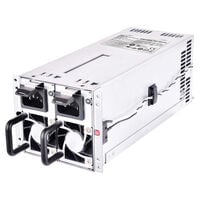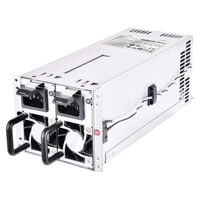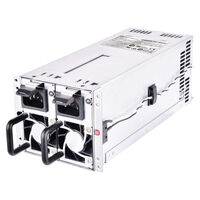Redundant Power Supplies
Redundant Power Supplies
No matter how expensive and high-quality PC hardware is, a certain risk of failure can never be avoided. Especially with the power supply, this can result in the PC or server completely failing without warning at the most inconvenient moment - and what is already very annoying with a gaming PC in private use can cost real money in the case of a workstation used for productivity or, even worse, a server with the work data of several employees. Unsaved data and the costs of extended downtime can be the result if you skimp on the wrong end and use a standard power supply. With a redundant power supply, where two independent power supplies are housed in a common case, this cannot happen - or at least only with an absurdly low probability.
A Redundant Power Supply Contributes to Reliability
A redundant power supply is a very important part of the elaborate and unfortunately also costly path to a truly fail-safe system, but there is more to excluding all relevant dangers. In addition to further measures such as redundancy and high availability of data through RAID systems and, of course, backups, the power supply input side must also be considered beyond just the redundant power supply. If you only want to protect against the failure of the power supply itself, a model with a single power input is sufficient. However, if you want to protect against power outages with a UPS, it should be a model where each power supply module has its own power input. One of the modules should then be connected directly to the mains and the other to the UPS - this ensures that the system is protected both in the event of a power failure and in the event of a failure of one of the power supplies or the UPS. Only a simultaneous failure, which is highly unlikely, would result in data loss.





